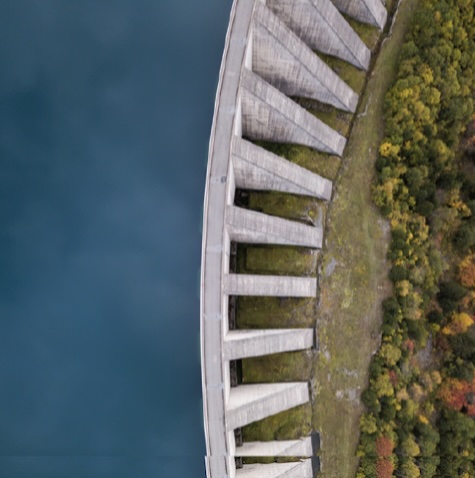
Drought, deluge, and data

From record-breaking wildfires in Eastern Spain and Southern California to deadly flash floods in Japan and across the US, governments and communities worldwide are confronting a new era of relentless, overlapping climate events. These crises are not just increasing in frequency but also in complexity—droughts fuel wildfires, wildfires degrade soil, then sudden storms unleash devastating floods on already fragile landscapes. The compounding nature of these events is overwhelming traditional emergency response systems, stretching financial resources, and exposing critical gaps in infrastructure and governance. Governments must adapt—quickly and systematically—to protect lives, property, economies, and essential services in the face of escalating climate risks.
This report is the latest in a series about future shocks and follows Resilience in Action, the first collection of case studies intended to highlight how governments can adopt new approaches to crisis preparedness and response. This next set of case studies addresses how forward-thinking leaders are integrating community-driven flood mapping, adaptive water management, and real-time digital coordination to enhance disaster preparedness and response. These examples reinforce a fundamental truth: resilience does not only mean responding effectively—it also means anticipating, adapting, and enabling the right response before a crisis even begins.
Through the Future Shocks initiative—an effort to help governments identify and develop core capabilities critical to building resilience to escalating shock events—we will continue to explore and share real-world examples of resilience in action, providing decision-makers with strategies to not just survive, but thrive in the face of disruption.
We thank the authors and organizations that contributed to this report. We hope that these insights inspire government leaders to innovate, transform their organizations, and take bold actions to be better prepared for the future—because in today’s world, waiting until disaster strikes is not an option.



